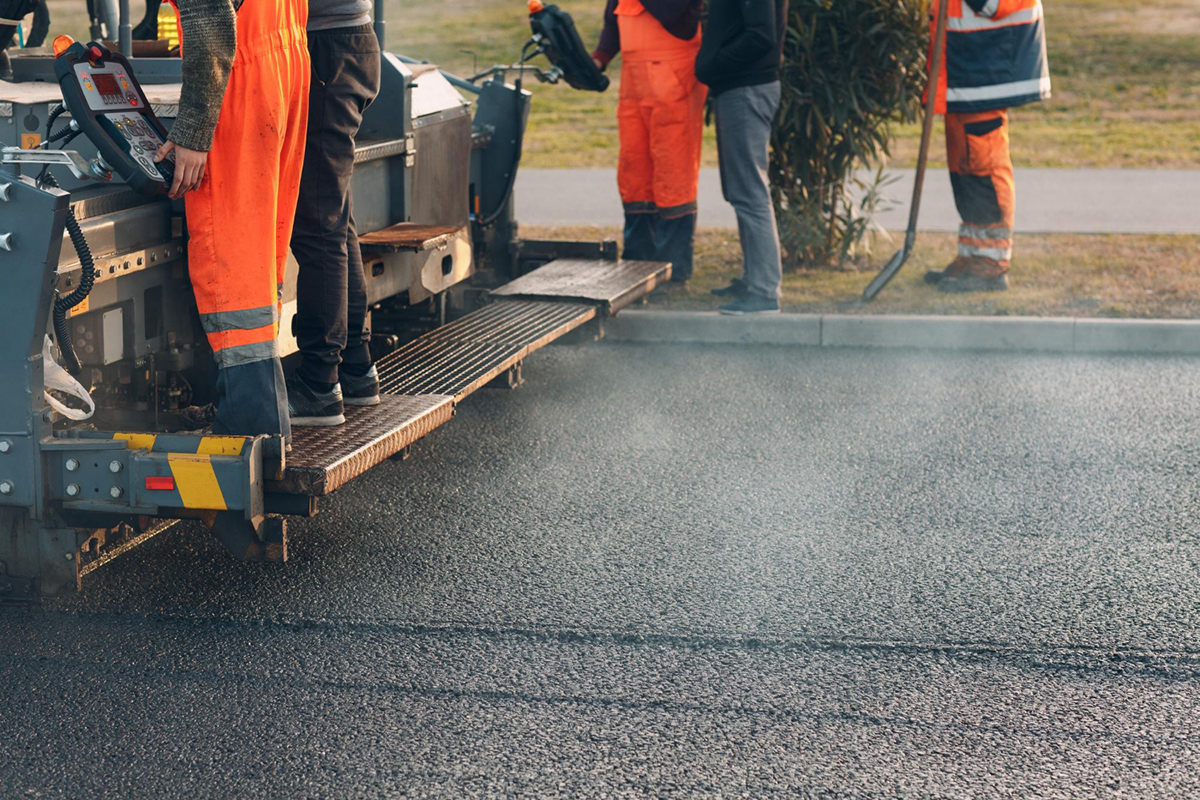
When it comes to pavement maintenance, sealcoating is a highly effective way of protecting your asphalt from damage caused by harsh weather conditions, UV rays, and chemicals. However, many property owners are often left wondering how long their sealcoat will continue to provide durable protection. In this blog post, we will be discussing the factors that determine the lifespan of sealcoating and give you some tips on how to extend its longevity.
The lifespan of sealcoating greatly depends on the quality of the product used. Although high-quality sealants tend to be more expensive, they tend to last longer than cheaper products. High-quality sealants contain more sealant solids, which means they are thicker. This thickness provides enhanced protection against the external elements that are known to damage asphalt surfaces. Low-quality sealants, on the other hand, are thin and break down much faster.
Harsh weather conditions such as extreme heat, heavy rain, and snow can affect the lifespan of sealcoating. In areas with harsh weather conditions, the sealant should be reapplied more regularly than in areas with mild weather conditions. Proper maintenance is key to the longevity of sealcoating. Regular cleaning of the surface removes debris, making it easier for the asphalt to expand and contract with changes in temperature. Ensure that you only reapply sealcoating when the weather is dry, and the temperature is above the recommended range.
High traffic volume and frequency can reduce the lifespan of sealcoating. Heavy vehicles, such as trucks, tend to wear down the surface quickly, causing the sealant to break down. Sealcoating on a surface with heavy traffic should be reapplied more frequently. Property owners can reduce the impact of traffic on the surface by spreading the load through the use of bollards or strategically placed speed bumps.
The application technique used also influences the longevity of sealcoating. A poorly applied sealant will not last as long as a correctly applied one. Properly applying the sealant requires an experienced professional with the right equipment. Always ensure that you work with a reputable and experienced contractor to get the best results.
Sealcoating alone is not enough to protect your asphalt surface; it is essential to implement good maintenance routines. Regular cleaning of the surface with water and soft detergent will reduce the impact of debris and oils on the surface. This, in turn, will prolong the lifespan of sealcoating.
Sealcoating generally lasts between two to five years. The lifespan varies depending on the quality of the sealant used, weather conditions, traffic volume, proper application, and routine maintenance. With proper maintenance and regular sealing, you can extend the lifespan of sealcoating to ten years or more. If you need sealcoating in Orlando, Florida, reach out to Florida Sealcoating for a free estimate. Remember, properly maintained pavement is an essential aspect of your property's overall value and appeal.